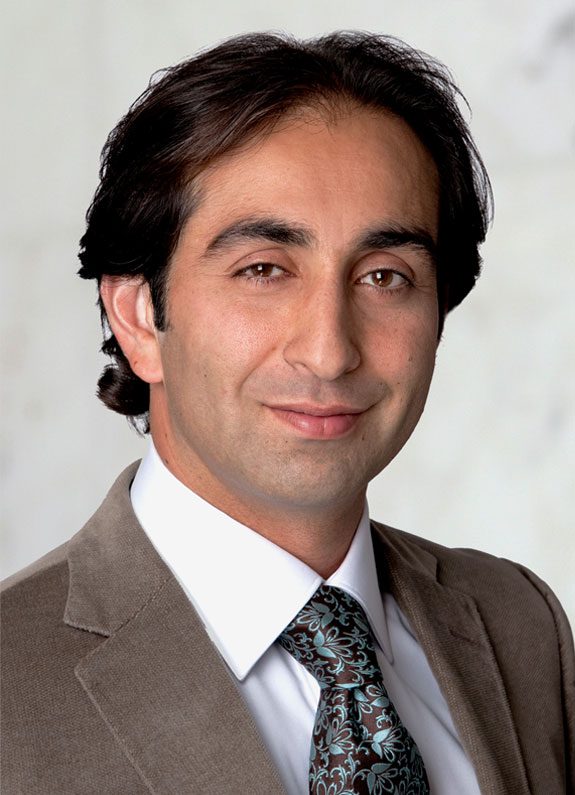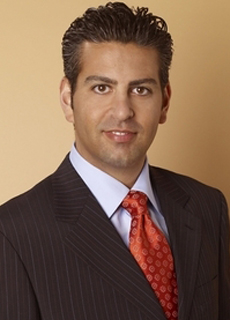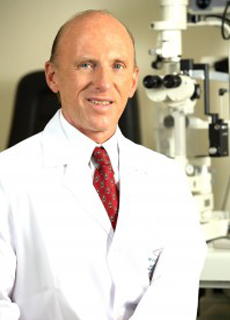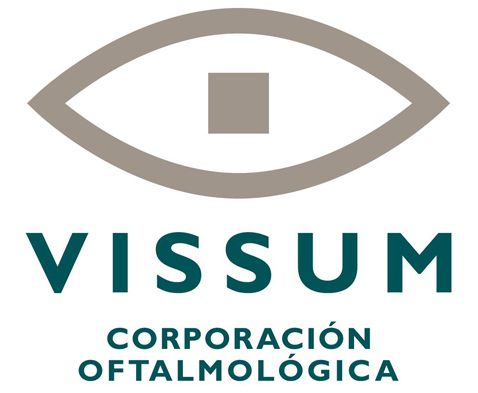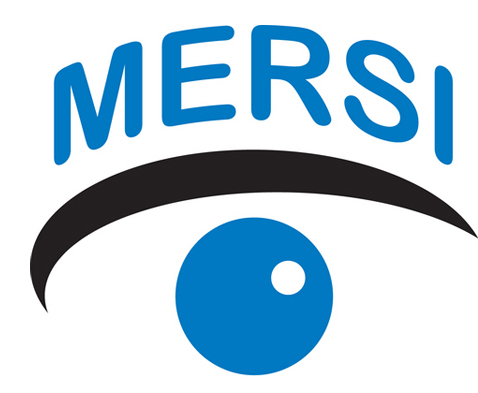REQUEST AN APPOINTMENT
TESTIMONIALS
Learn about Retinal Disease
The retina is a highly complex, light-sensitive membrane located at the back of the eye that converts the light that enters the eye through the pupil into electrical impulses that are then translated by the brain. As a delicate but essential component of the eye, when a condition affects retinal function, it may interfere with the retina’s ability to process visual information or even threaten an individual’s total eyesight.
At the Beverly Hills Medical Center of Kuwait, our ophthalmologists specialize in diagnosing and treating retinal diseases with the most effective and state-of-the-art technology available to prevent or repair retinal damage and protect our patients’ eyesight as much as possible. (more…)
August is Back to School Eye Health Month – CDC Urges Children and Teens to Get Regular Eye Exam
Expert ophthalmologists at Beverly Hills Medical Center in Kuwait offer insight into a new Centers for Disease Control and Prevent initiative to raise awareness of the importance of proper eye and vision care among teenagers and parents.
In an effort to raise awareness for the serious and potentially vision impairing consequences of poor eye care, specifically among teenagers and school aged children wearing contact lenses, the American Academy of Ophthalmology has launched an awareness campaign culminating in “Back to School Eye Health Month” in August. (more…)
What You Need to Know About Uveitis
With recent headlines and media attention surrounding the discovery of a residual strain of ebola virus in Dr. Ian Crozier, an American physician and ebola survivor also suffering from uveitis, it is important to understand the facts about what uveitis is, and how it can affect your vision and ocular health. (more…)
5 Benefits of Undergoing Cataract Surgery
If you are experiencing decreased vision in one or both of your eyes, cloudiness in your eyesight may indicate that you are suffering from a cataract. A cataract is an eye disease in which the lens, which should be clear, becomes cloudy, foggy or opaque. There are a few different kinds of cataracts, including: (more…)
Top 5 Benefits of Blepharoplasty
Blepharoplasty is a form of plastic surgery where surgeons correct defects, deformities, and disfigurations of the eyelids. Oftentimes with age, elasticity begins to wane, allowing upper eyelids to droop due to the development of excess skin around the eye. In other cases, lower eyelids can become baggy and puffy looking. Blepharoplasty is the process of removing this skin and either adding or removing fat from the eyelids. During this procedure, incisions are made permitting the removal of skin and fat. Afterwards, a small stitch is used to keep the skin together. This creates a crease on the upper eyelid and removes bagginess from the lower eyelid. (more…)
Signs You Might Need Femto-LASIK
Changes in vision and a decline in visual acuity are a natural part of the aging process. Most people begin to notice changes after the age of 40, and it is estimated that one in five require reading glasses or bifocals. For people who have always enjoyed 20/20 vision or reached adulthood without ocular problems or the need for corrective lenses or glasses, age-related changes to vision can be something of a lifestyle adjustment. (more…)
The Difference Between Femto-LASIK and PRK
With so many new developments in healthcare and technology in the past decade alone, patients now have access to an unprecedented number of options in treatments for everything from acne to cataracts. The field of ophthalmology in particular has witnessed some of the most exciting breakthroughs in the medical field, from bionic implants that are helping formerly blind patients recover partial vision to the technology known as keratopigmentation, which allows ophthalmologists at the Kuwait Medical Center to change a patient’s eye color for cosmetic purposes. (more…)
What to Expect After LASIK
LASIK eye surgery has become an extremely common and popular procedure in the last decade. Used to treat the refractive conditions myopia (nearsightedness), hyperopia (farsightedness), and astigmatism, LASIK has been performed an estimated 28 million times around the world. In most cases, LASIK offers patients permanent vision correction and eliminates the need for eyeglasses and contact lenses. (more…)
Why Eye Exams Are Important For Children
A good eye care routine is one of the most important factors in establishing healthy lifelong habits in children to ensure visual health. Because of sports and other playful activities, children are especially prone to various eye infections and accidents, as well as environmental pollutants that can cause irritation. An estimated 5 – 10 percent of preschoolers and approximately 25 percent of school-age children have vision problems.
Top Causes of Dry Eyes
Dry eye syndrome is a condition that occurs when a person does not produce enough tears to fully lubricate the eye. In eyes with normal tear production, the surface of the eye (cornea) is lubricated every time a person blinks, helping to keep the eye clean and free of external particles and pollutants like dust and pollen. Adequate tear production is also important in helping to keep the eyes free from infection and to aid with visual clarity. Dry eye syndrome can be very common and anyone, particularly older adults, can suffer from the condition.
(more…)


